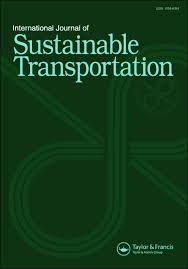The homes of wealthy Americans generate about 25% more greenhouse gases than residences in lower-income neighborhoods, mainly due to their larger size. In the nation’s most affluent suburbs, those emissions can be as much as 15 times higher than in nearby lower-income neighborhoods.
Those estimates come from a new study of 93 million American homes by Urban Sustainability Research Group. It is the most comprehensive study of U.S. residential greenhouse gas emissions, according to the authors, and the first to provide nationwide rankings by state and zip code. It is also the first nationwide study to find correlations between affluence, residential floor space and greenhouse gas emissions.
Read the story in CNN, EcoWatch and Michigan News.
Read the full paper in PNAS.
?????? ?? Kraken – ??????? ?? ?????? ???????????!

